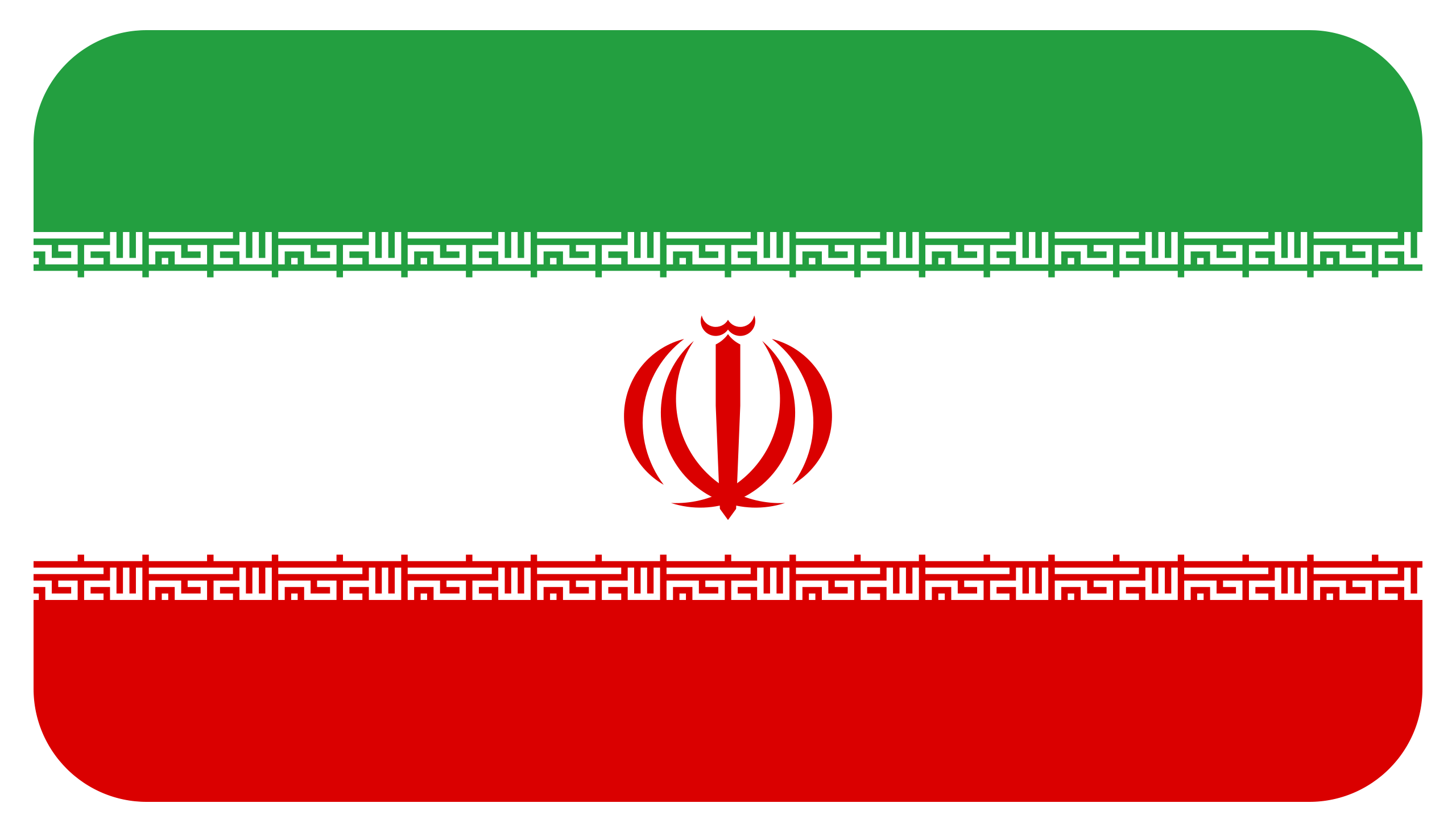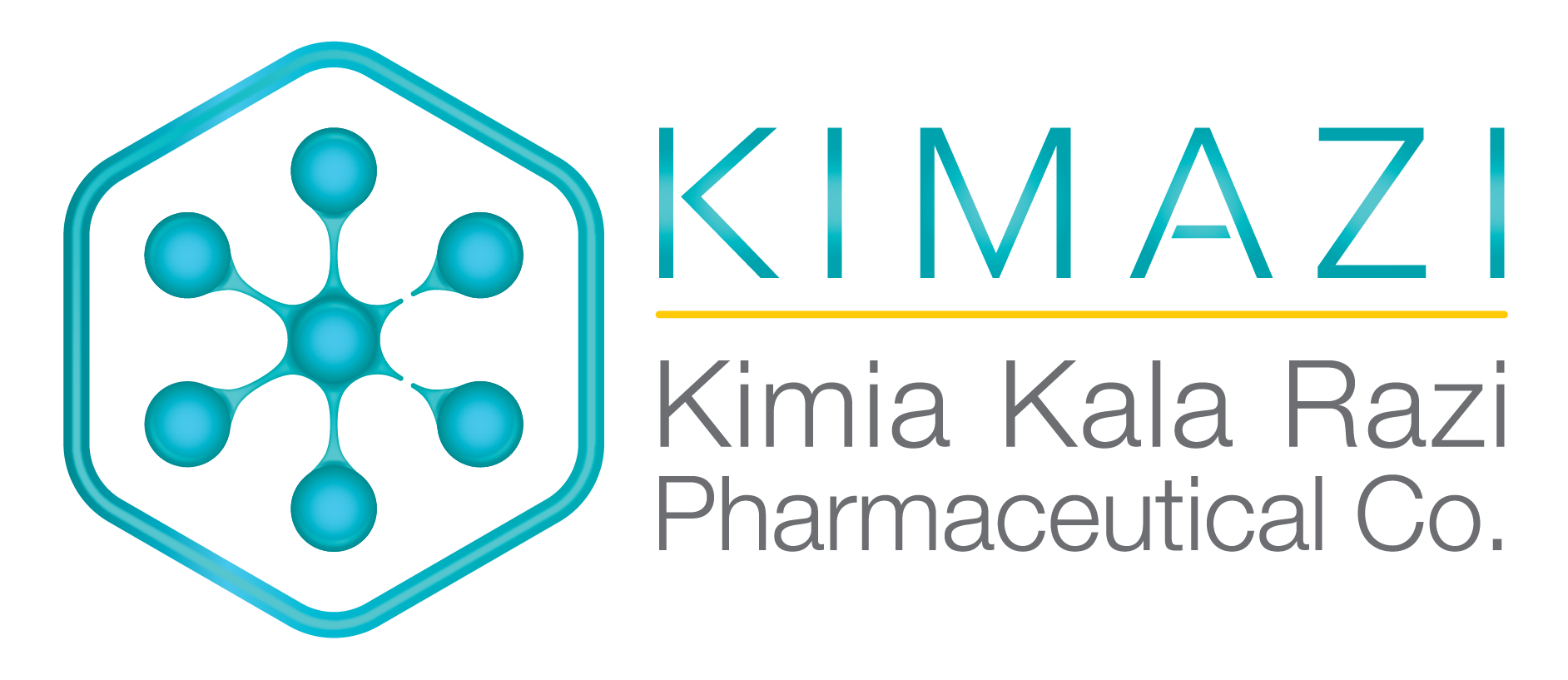Erythromycin 2% & 4%
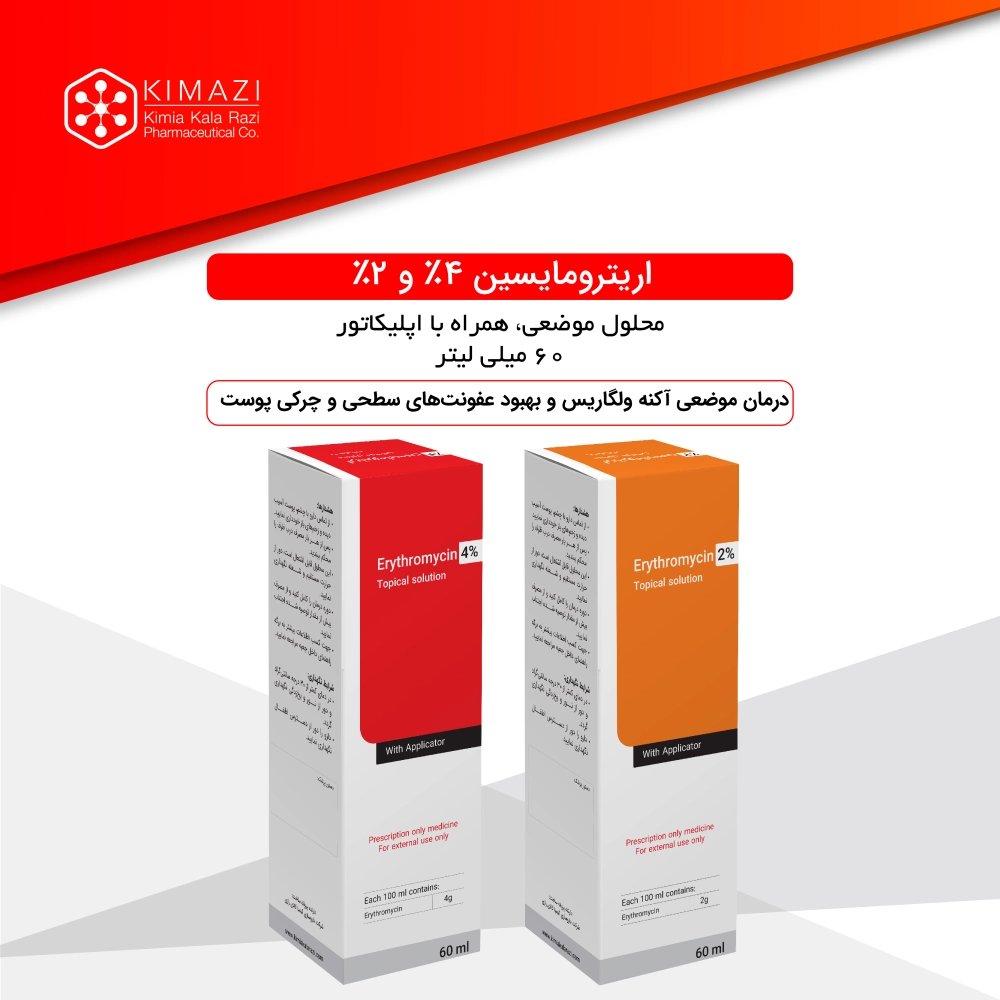
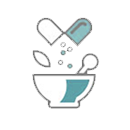
Active ingredients:
Erythromycin 2% & 4%
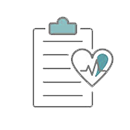
Indication:
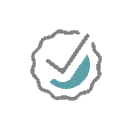
Product differentiation:
–
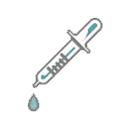
Dosage:
–
Background
Erythromycin is a bacteriostatic antibiotic drug produced by a strain of Saccharopolyspora erythraea (formerly Streptomyces erythraeus) and belongs to the macrolide group of antibiotics which consists of Azithromycin, Clarithromycin, Spiramycin and others. It was originally discovered in 1952.
Drug category
Macrolide antibiotics
Pharmacology and mechanism of action of the drug
Erythromycin acts by inhibition of protein synthesis by binding to the 23S ribosomal RNA molecule in the 50S subunit of ribosomes in susceptible bacterial organisms.
For topical use only; not for ophthalmic use. Concomitant topical acne therapy should be used with caution because a possible cumulative irritancy effect may occur, especially with the use of peeling, desquamating or abrasive agents.
The use of antibiotic agents may be associated with the overgrowth of antibiotic-resistant organisms. If this occurs, discontinue use and take appropriate measures.
Avoid contact with eyes and all mucous membranes.
Store this medicine at below 25 ° C, and away from light and moisture.
Keep this medicine out of the reach and sight of children.
Erythromycin topical solution, 2% should be applied over the affected areas twice a day (morning and evening) after the skin is thoroughly washed with warm water and soap and patted dry. Acne lesions on the face, neck, shoulders, chest, and back may be treated in this manner.
This medication should be applied with applicator top. If fingertips are used, wash hands after application. Drying and peeling may be controlled by reducing the frequency of applications.
Treat skin conditions, such as acne and rosacea, dental abscesses, and sexually transmitted infections.
